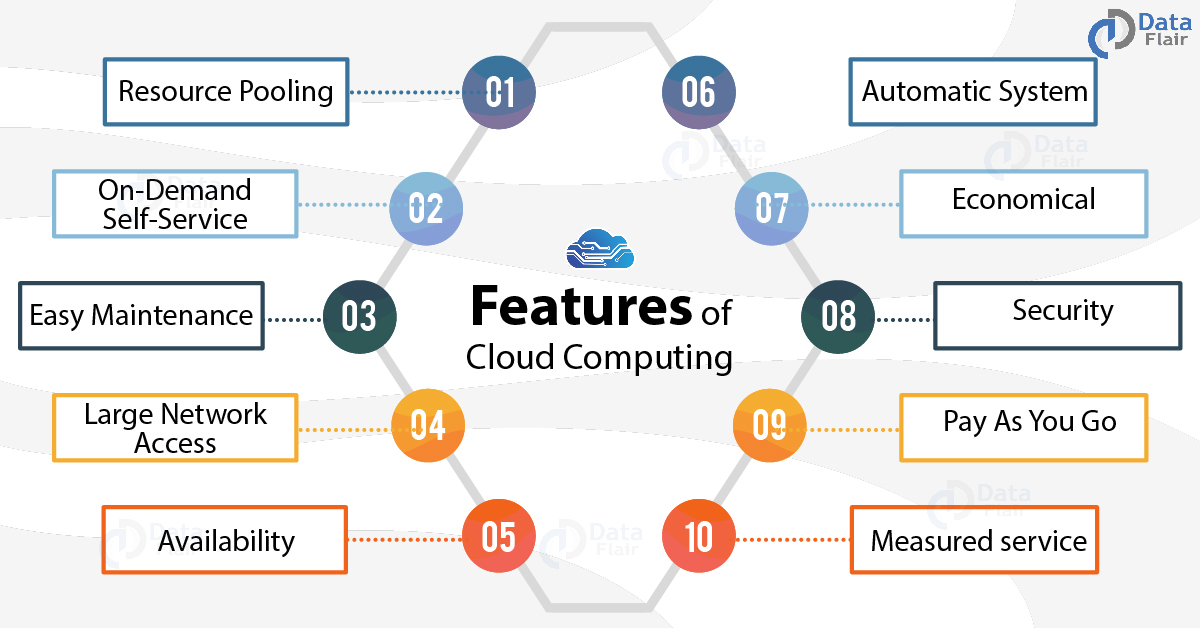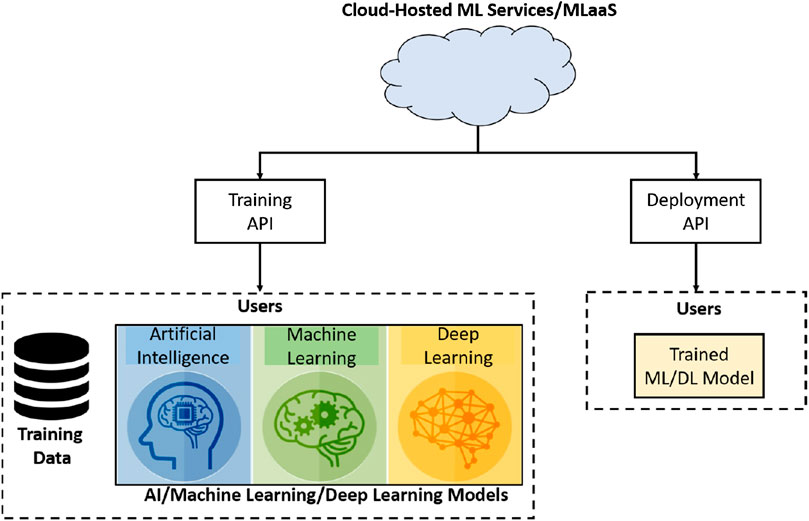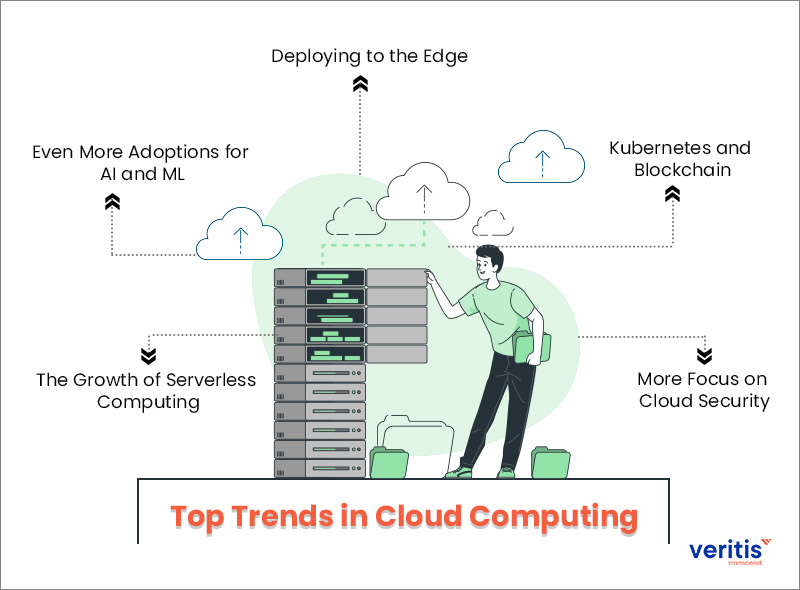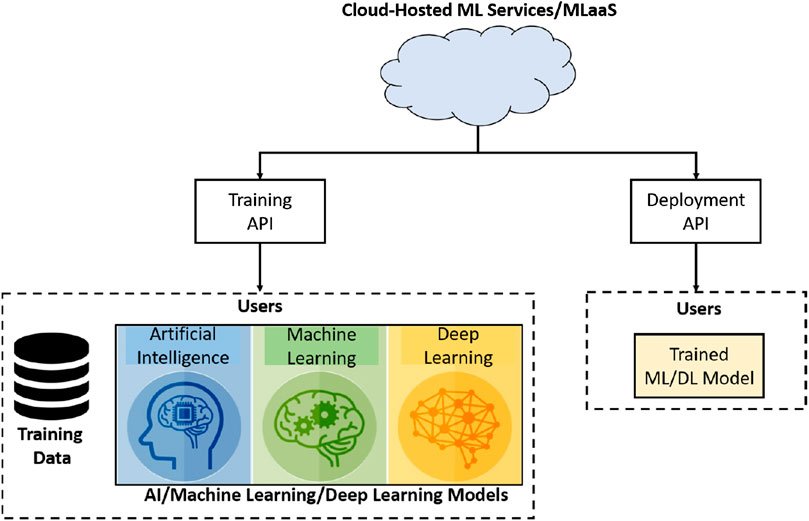
Introduction
Overview of Cloud Computing
Cloud computing has revolutionized the way we store, manage, and process data. Imagine having access to a vast pool of computing resources without the hassle of maintaining physical hardware. This flexibility allows individuals and businesses to scale their operations dramatically.
- Scalability: The ability to increase or decrease resources based on demand ensures efficiency.
- Cost-Effective: Pay-as-you-go pricing models mean users only pay for what they use.
- Accessibility: Access data and applications from anywhere with an internet connection.
Through these benefits, cloud computing has become an essential backbone for various applications, including the rapidly evolving field of machine learning.
Introduction to Machine Learning Applications
Machine learning (ML) is a subset of artificial intelligence that empowers computers to learn from data and make predictions. It’s transforming industries, from healthcare to finance. For instance, a tech startup might harness ML algorithms hosted on cloud platforms to analyze customer data and predict buying patterns, enhancing strategic decision-making.
Key machine learning applications include:
- Image Recognition: Used in healthcare for diagnostic purposes.
- Recommendation Systems: Powers platforms like Netflix and Amazon to suggest products or content.
As these applications grow, integrating them into cloud environments ensures they are flexible, scalable, and ultimately more powerful, seamlessly connecting the realms of cloud computing and machine learning.

Fundamentals of Cloud Computing
Cloud Computing Architecture
Understanding cloud computing architecture is crucial to grasping how services are delivered over the internet. At its core, it consists of three primary layers:
- Frontend: This is the client side, where users interact with cloud services through web browsers or applications.
- Backend: The server side, responsible for managing resources, services, and data. It houses the databases and applications that power services.
- Network: Facilitates communication between the frontend and backend, often using various protocols and data transfer technologies.
This layered approach ensures that users can access powerful computing resources without needing to understand the complexities beneath the surface.
Cloud Service Models
Cloud computing offers several service models, each catering to different business needs:
- Infrastructure as a Service (IaaS): Users rent IT infrastructure (servers, storage) on a pay-as-you-go basis. Examples include Amazon EC2 and Microsoft Azure Virtual Machines.
- Platform as a Service (PaaS): A platform for developers to build applications without worrying about the underlying infrastructure. Google App Engine is a popular choice here.
- Software as a Service (SaaS): Software delivered over the internet, eliminating the need for installation. Think of tools like Salesforce and Google Workspace.
Cloud Deployment Models
Once the service model is chosen, the next step is selecting a cloud deployment model. Here are the most common choices:
- Public Cloud: Services offered over the public internet, ideal for scalability and cost savings.
- Private Cloud: Dedicated resources for a single organization, providing enhanced security and control.
- Hybrid Cloud: A mix of public and private clouds, offering flexibility by allowing data to move between them.
This strategic approach helps organizations leverage cloud technology while considering their unique operational requirements. Understanding these fundamentals sets the stage for harnessing the full potential of cloud computing in various applications, including machine learning.

Intersection of Cloud Computing and Machine Learning
Benefits of Using Cloud Computing in Machine Learning
The synergy between cloud computing and machine learning is undeniably powerful. By leveraging cloud resources, organizations can unlock various benefits that propel their machine learning initiatives forward:
- Scalability: Cloud platforms easily handle fluctuating workloads, allowing data scientists to scale their operations without over-provisioning resources.
- Cost-Effectiveness: With pay-per-use pricing, businesses can optimize their budgets, especially during the training phases when computational demands can spike.
- Access to Advanced Tools: Cloud providers often offer cutting-edge machine learning frameworks and tools, making it easier for developers to innovate.
Consider a scenario where a retail company uses a cloud platform to analyze massive transaction datasets. By utilizing machine learning algorithms, they can predict customer preferences more accurately, influencing inventory management and marketing strategies.
Challenges and Considerations
Despite the advantages, integrating cloud computing with machine learning isn’t without its challenges. Organizations may face:
- Data Security Concerns: Storing sensitive data on the cloud raises privacy issues.
- Complex Integration: Merging existing infrastructures with cloud solutions can pose significant technical hurdles.
- Dependency on Internet Connectivity: Cloud services rely heavily on stable internet, which can be an issue in certain regions.
Popular Cloud Platforms for Machine Learning
Several cloud platforms stand out for their machine learning offerings, including:
- Google Cloud Platform (GCP): With services like TensorFlow and AutoML, GCP is tailored for ML projects.
- Amazon Web Services (AWS): AWS offers a comprehensive suite of services, including SageMaker for building, training, and deploying machine learning models.
- Microsoft Azure: Azure’s Machine Learning Studio provides an intuitive interface for developing and managing ML algorithms.
Each platform provides unique strengths, and organizations should consider their specific needs when choosing the best fit for their machine learning projects. This intersection of cloud computing and machine learning not only enhances efficiency but also opens new avenues for innovation across industries.

Use Cases of Cloud Computing in Machine Learning
Smart Applications and IoT
In our increasingly connected world, smart applications and the Internet of Things (IoT) are leading the charge in utilizing cloud computing for machine learning. Imagine your smart thermostat that learns your preferences and adjusts the temperature accordingly. This capability often relies on vast amounts of data processed in the cloud.
- Data Processing: IoT devices generate massive datasets, which cloud platforms can process efficiently.
- Real-time Insights: Cloud computing enables the quick analysis of sensor data, providing instantaneous feedback for applications.
One fascinating example is smart cities, where sensor data from traffic lights and public transport can be analyzed to optimize traffic flow, reducing congestion and improving air quality.
Data Analysis and Predictive Modeling
Data analysis and predictive modeling are at the forefront of business intelligence, and cloud computing plays a pivotal role here. Organizations can harness the cloud to leverage powerful machine learning algorithms that mine data for actionable insights.
- Consumer Behavior Prediction: Retailers use predictive modeling to forecast trends and personalize offers, enhancing customer experiences.
- Risk Assessment: Financial institutions analyze historical data in the cloud to assess credit risks better.
This approach allows businesses to make informed decisions driven by data.
Natural Language Processing and Speech Recognition
The advancements in natural language processing (NLP) and speech recognition are transforming customer interactions across various sectors. Cloud computing provides the necessary infrastructure to run complex algorithms that interpret human language.
- Chatbots and Virtual Assistants: Companies use NLP to create intelligent chatbots that can handle customer queries, significantly improving customer service.
- Speech-to-Text Applications: Services like transcription can be performed efficiently in the cloud, facilitating meetings and documentation.
Deploying these technologies in the cloud allows for scalability and higher performance, leading to enhanced user experiences. The use cases for cloud computing in machine learning are diverse and impactful, bridging the gap between technology and everyday life, and promising exciting possibilities for the future.

Implementation of Machine Learning on Cloud Platforms
Data Preparation and Preprocessing
Before diving into machine learning model development, preparing and preprocessing your data is crucial. This step sets the stage for successful modeling and significantly impacts outcomes. With cloud platforms, you have access to various tools like Google BigQuery or AWS Glue that streamline this process.
- Data Cleaning: Removing duplicates and filling in missing values ensures your dataset is reliable.
- Feature Engineering: Transforming raw data into meaningful features enhances model accuracy.
- Normalization: Scaling features to a standard range helps in stabilizing learning algorithms.
Many data scientists recommend beginning with a small subset of your data to test preprocessing techniques. Once you’re comfortable, you can seamlessly scale your efforts using the cloud.
Model Training and Evaluation
Once your data is prepared, it’s time to train the model. Cloud platforms provide powerful resources for this phase, such as GPU instances and managed machine learning services.
- Training: You can run experiments with various algorithms like decision trees or neural networks. Platforms like Azure Machine Learning provide easy-to-use interfaces for training.
- Evaluation: After training, it’s critical to assess model performance against metrics such as accuracy, precision, and recall.
Using cloud tools allows for easy model iteration and comparison, helping to refine your selection.
Deployment and Maintenance
Deploying your trained model is the final hurdle, and cloud platforms simplify this process significantly. Once deployed, models can be integrated into applications via APIs, allowing real-time predictions.
- Deployment: Platforms like AWS SageMaker offer streamlined services for easy model deployment and versioning.
- Maintenance: Regular monitoring of model performance is vital; cloud services can alert you to degradation over time.
Implementing machine learning on cloud platforms not only accelerates the process but also enhances the efficiency and scalability of your models. These streamlined approaches enable organizations to unlock the full potential of machine learning while allowing data scientists to focus on innovation.

Future Trends and Innovations
Edge Computing for Machine Learning
As we look ahead in the realm of machine learning, edge computing is emerging as a game changer. Unlike traditional cloud computing, which processes data in centralized data centers, edge computing brings computation and data storage closer to the data source. This means devices can make intelligent decisions quickly and efficiently.
- Real-Time Processing: For applications like autonomous vehicles or smart manufacturing, low latency is crucial. Processing data at the edge enables instant decision-making.
- Reduced Bandwidth Costs: Sending less data to the cloud reduces network strain and lowers costs.
Imagine a smart factory that analyzes machine performance data on-site, enabling immediate adjustments to manufacturing processes, thus enhancing productivity.
Federated Learning and Privacy Enhancements
With increasing concerns about data privacy, federated learning offers a promising approach. This technique allows models to learn from decentralized data without needing to transfer sensitive information to the cloud.
- Privacy Preservation: User data stays on local devices, significantly mitigating privacy risks.
- Centralized Model Improvement: The model is improved by aggregating updates from various sources without ever seeing the raw data.
For example, healthcare apps can train models on patient data while keeping the data within hospitals, ensuring compliance with regulations like HIPAA.
Integration with Blockchain Technology
Finally, integrating machine learning with blockchain technology is poised to offer enhanced security and transparency. Blockchain can ensure the integrity of the data fed into machine learning models.
- Secure Data Sharing: Smart contracts on blockchain can facilitate and verify data sharing agreements between multiple parties.
- Accountability: Every alteration accounts for a record, promoting trust and reliability in machine learning outputs.
Imagine industries like supply chain management using blockchain to track product authenticity while utilizing machine learning to optimize routes and predict demand.
These innovative trends not only reflect the evolution of technology but also pave the way for more secure, efficient, and effective machine learning applications in the future. Embracing these developments will be critical for businesses aiming to stay at the forefront of this dynamic landscape.
Conclusion and Takeaways
Recap of Key Points
As we’ve explored the evolving relationship between cloud computing and machine learning, several key points stand out:
- Power of Integration: Cloud computing provides the necessary infrastructure for machine learning, allowing scalability, cost-effectiveness, and access to advanced tools.
- Diverse Use Cases: From smart applications in IoT to natural language processing, the applications of machine learning in the cloud are vast and varied, demonstrating its transformative potential across industries.
- Implementation Steps: Successful machine learning projects in the cloud involve meticulous data preparation, effective model training and evaluation, and strategic deployment and maintenance.
Each of these elements works together to create powerful solutions that drive business success and innovation.
Potential Impact on Future Technologies
Looking towards the future, the convergence of cloud computing and machine learning is set to redefine what is possible. With trends like edge computing, federated learning, and the integration of blockchain, we can expect:
- Increased Efficiency: Technologies will become more capable of processing data locally and in real-time, empowering faster decision-making.
- Enhanced Security and Privacy: As data privacy concerns continue to grow, innovative solutions like federated learning will help balance data utility with privacy.
- Interconnected Ecosystems: The synergy between various technologies will lead to the development of smarter, more resilient applications.
By staying informed and agile, businesses can navigate this landscape and harness these advancements to foster innovation and drive growth. The future is bright, and the opportunities await for those ready to embrace the evolution.

